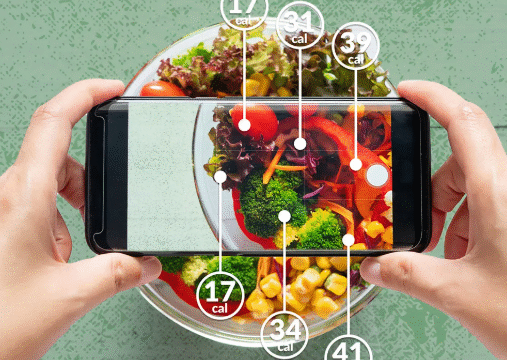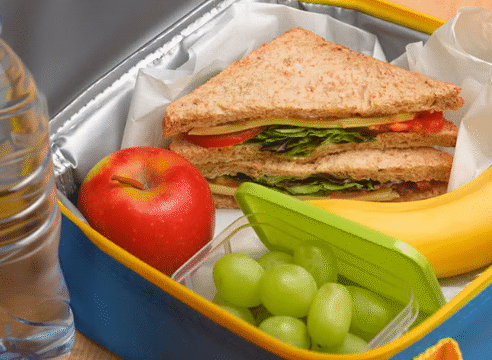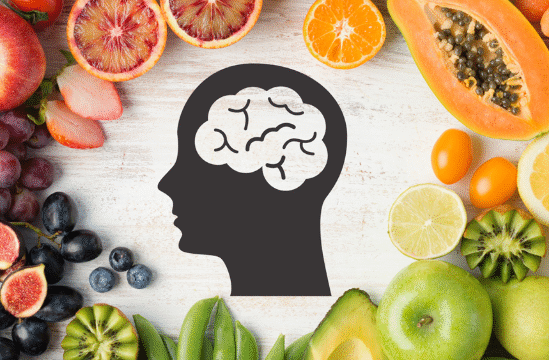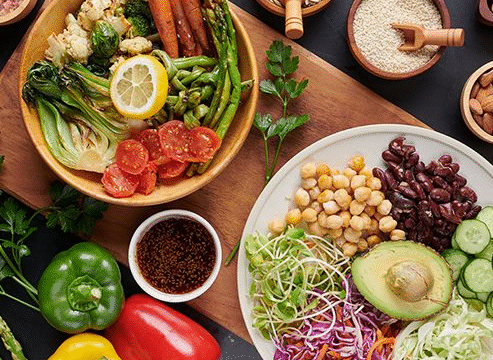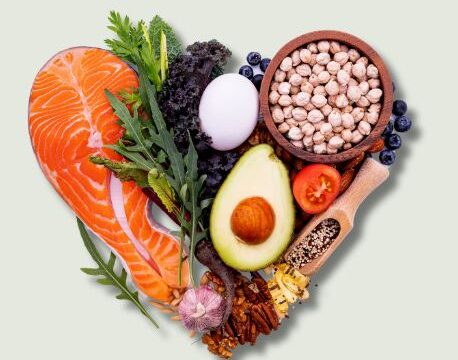Balancing blood sugar while keeping your meals satisfying and nutritious is easier than you might think. Low glycemic index (GI) and high protein meals are the perfect combination for sustained energy, better focus, and overall health. A low GI diet emphasizes foods that release glucose slowly into the bloodstream, helping you avoid sharp spikes and crashes in energy. When paired with protein-rich ingredients, these meals can support muscle health, control appetite, and make you feel fuller for longer. Whether you are managing your blood sugar, aiming to stay energized through busy days, or simply eating more mindfully, here are some delicious and balanced meal ideas to inspire you.
Starting the Day Right with Breakfast
A balanced breakfast sets the tone for the rest of the day. Choosing low GI and high protein foods helps maintain stable energy levels until lunch. A great example is Greek yogurt with chia seeds, nuts, and fresh berries. Greek yogurt is packed with protein, while chia seeds add fiber and healthy fats. The natural sweetness from berries like blueberries or raspberries gives flavor without raising the glycemic load too much.
Another satisfying breakfast idea is a vegetable omelet. Eggs are an excellent protein source, and when combined with vegetables like spinach, bell peppers, and tomatoes, they create a low GI meal that supports both fullness and nutrition. You can add a slice of whole grain or sourdough bread if you want some slow-digesting carbohydrates on the side.
For a quick morning option, try a protein smoothie made with unsweetened almond milk, a scoop of protein powder, spinach, avocado, and half a banana. This combination offers a balanced mix of slow-releasing carbs, healthy fats, and protein to start the day strong.
Midday Energy with Lunch
Lunch is an opportunity to refuel and stabilize your energy for the afternoon. A lentil and quinoa salad is a wonderful low GI choice. Both lentils and quinoa are high in plant-based protein and fiber, which help slow digestion and maintain steady blood sugar levels. Add in colorful vegetables like cherry tomatoes, cucumbers, and leafy greens, and top it with olive oil and lemon juice for a refreshing finish.
If you prefer a heartier meal, grilled chicken breast with roasted vegetables makes an excellent option. Sweet potatoes, broccoli, and zucchini are all low GI vegetables that provide vitamins and minerals without causing glucose spikes. For extra flavor, season with herbs like rosemary or thyme rather than sauces high in sugar.
A salmon bowl with brown rice and avocado is another satisfying and balanced lunch idea. Salmon provides omega-3 fatty acids and high-quality protein, while brown rice offers slow-releasing carbohydrates. Avocado adds creaminess and healthy fats that help balance the meal.
Keeping Dinner Light but Filling
Dinner should be light enough to support good digestion before bedtime but still nourishing. A baked tofu stir-fry is a simple and satisfying meal. Tofu is rich in protein and low in carbohydrates, and when paired with vegetables like bok choy, bell peppers, and mushrooms, it creates a colorful and nutrient-dense plate. Use low-sodium soy sauce or tamari for seasoning, and serve over a small portion of wild rice or cauliflower rice.
Another good dinner choice is grilled fish with a side of quinoa and steamed green beans. This combination is light yet high in protein and fiber, and it helps you feel satisfied without heaviness. The low GI nature of quinoa and the lean protein from fish make it ideal for a balanced evening meal.
For those who prefer a vegetarian option, a chickpea and spinach curry can be both filling and flavorful. Chickpeas are rich in protein and fiber, while spinach provides iron and antioxidants. Use coconut milk sparingly and focus on herbs like turmeric, cumin, and coriander to create a rich flavor without excessive fat. Serve with a small portion of basmati or brown rice for a complete meal.
Smart Snacks for Sustained Energy
Snacking can be a challenge when trying to keep the glycemic index low, but it is entirely possible with thoughtful choices. One great snack idea is a handful of almonds or walnuts. These nuts contain healthy fats and protein that help control hunger. Pair them with apple slices for a crunchy and naturally sweet combination that remains low on the GI scale.
Hard-boiled eggs are another quick and satisfying snack that provides protein without added sugar. If you prefer something lighter, cottage cheese with cucumber slices or cherry tomatoes can keep you full between meals while maintaining stable blood sugar levels.
If you enjoy something more substantial, try a small serving of hummus with vegetable sticks such as carrots or celery. The chickpeas in hummus provide protein and fiber, while the vegetables add crunch and nutrients without excess carbohydrates.
Tips for Maintaining a Low GI High Protein Diet
When planning your meals, focus on whole and minimally processed foods. Refined sugars and white flour products tend to raise blood glucose quickly, while whole grains, legumes, and non-starchy vegetables release energy more slowly. Include a source of lean or plant-based protein in every meal to promote satiety and support muscle health.
Cooking methods also play an important role. Baking, grilling, or steaming your food instead of frying can help reduce unnecessary fat while preserving nutrients. Adding healthy fats like olive oil, avocado, or nuts in moderate amounts can further slow down carbohydrate absorption, keeping your GI load balanced.
Hydration is often overlooked but essential. Drinking enough water throughout the day supports digestion and helps regulate metabolism. If you prefer flavored drinks, choose unsweetened herbal teas or infused water with slices of lemon or cucumber.
Consistency is key. Eating low GI high protein meals regularly helps your body maintain stable blood sugar levels over time. This can lead to improved energy, better focus, and even easier weight management. It is not about strict restriction but about making mindful choices that nourish your body in the long run.
Bringing It All Together
A low GI high protein diet does not have to be complicated or restrictive. It is about creating balance and variety with foods that keep you energized and satisfied. From protein-packed breakfasts like Greek yogurt parfaits and veggie omelets to wholesome lunches of lentil salads and salmon bowls, there are countless ways to enjoy delicious meals while supporting your health.
By choosing ingredients that release energy slowly and combining them with quality protein sources, you can enjoy steady vitality throughout the day. The result is not only better blood sugar balance but also an overall sense of well-being. With a little creativity and planning, you can turn every meal into an opportunity to nourish your body and feel your best.

